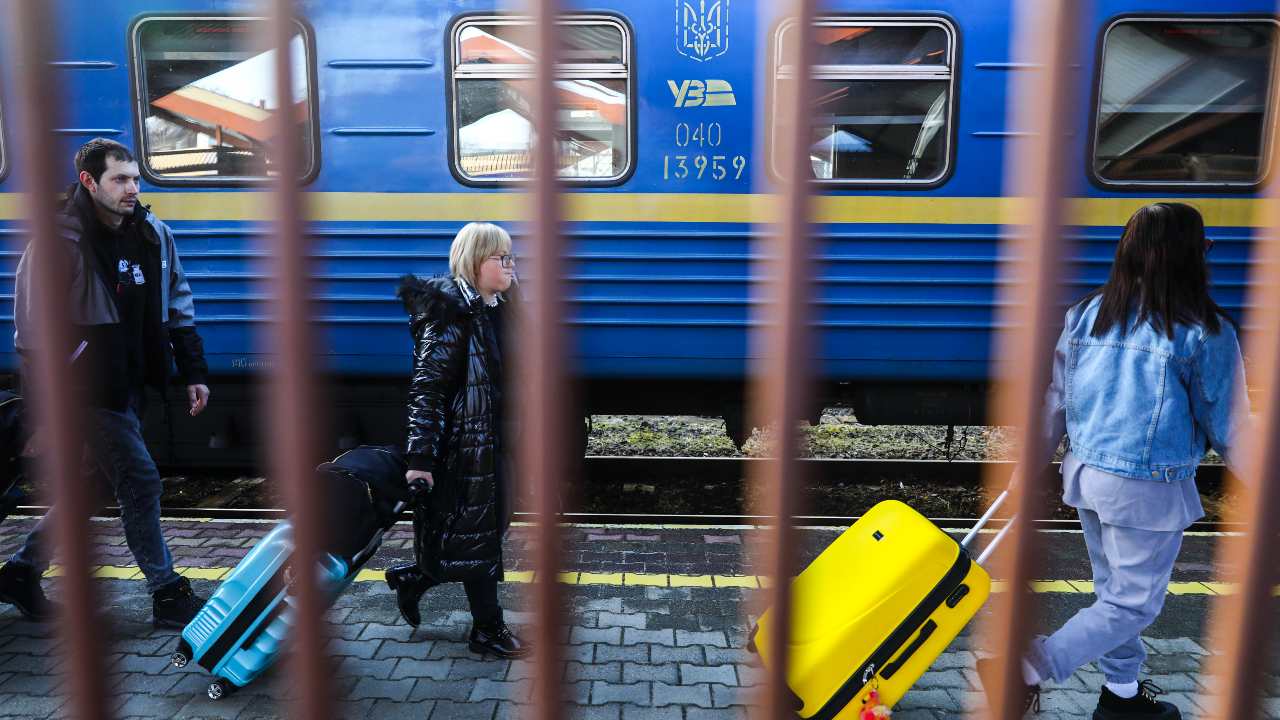As the war unfolds, increasing numbers of the Ukrainian population will fall into one of the following groups:
- refugees fleeing into neighboring Europe and the US;
- civilians trapped in urban to semi-urban combat; and
- Internally Displaced Persons (IDPs) who are fleeing the fighting but cannot leave the country.
Each of these groups face unique humanitarian challenges. How the humanitarian situation evolves in the coming days, weeks and months must be monitored as closely as military developments. These “humanitarian” factors, as much or even more than traditional security questions, could themselves affect how Europe and the US respond militarily.
Refugees in Europe
Geographically Ukraine is the second largest country in Europe, after Russia. The influx of refugees as a result of Putin’s invasion has the potential to be the largest since World War II, likely easily surpassing the numbers seen during the Bosnian and Kosovo wars when around 2.3 million fled their homes. The activity pattern of the Ukrainian refugees will be significantly different to previous waves such as during the Syrian conflict, due to their economic profile, connectivity, and ability to move more freely around Europe (Ukrainians do not require European Union entry visas.) These refugees will likely also enter and stay in the very countries that act as the staging grounds for NATO Article 4 defensive postures and, should Article 5 be triggered, military intervention. The strain that will be felt by countries such as Poland, the Baltic states, Slovakia, Hungary, and Romania will be massive — both financially and socially. Europe needs comprehensive burden-sharing plans; one for immediate use and one for the years to come.
This is not a crisis that will be over tomorrow.
Civilian Protection and Humanitarian Negotiation
It is likely and is already the case in cities such as Kharkiv, Ukraine’s second-largest city, that portions of the Ukrainian population will be unable or unwilling to run. The result will be large numbers of civilians trapped in combat zones. Additionally, the US has reported what it terms credible intelligence on the existence of “hit lists” for Russia’s enemies in Ukraine. Europe, the US, and the UN must proactively address the predictable human rights and laws of war violations that are to come.
This requires effective evacuation plans, not only taking on board the lessons of the chaotic Afghan evacuation, but also closely monitoring intelligence that indicates the establishment of prison camps, or worse. Plans to prevent such violations must be put in place now, including measures to document these for future prosecution. Furthermore, all plans must include detailed thoughts on humanitarian negotiation in occupied Ukraine. Holding Russia accountable for this cannot be an afterthought, but must be built into all civilian-military humanitarian support, diplomatic and military planning, and action.
The Distinction Challenge
The operational picture of Ukraine will be fragmented into various zones, with differing levels of occupation by the Russian military and separatist groups, and differing levels of fighting. Considering recent calls to all Ukrainians to take up arms, the varying zones will experience various levels of insurgency and military resilience. The increasingly complex mix of civilians as targets, active members of the fighting force, or passive victims unable to escape areas with fighting and military presence, will present a massive distinction challenge especially when determining Russian aggressions towards civilians in violation of humanitarian law. Exacerbating this, the main targets of Russian attacks have been urban or semi-urban, raising the prospects of a challenge on a scale and level of complexity similar to Idlib in Syria.
These humanitarian crises must not be seen as a sideshow to military operations. Closely observing how they emerge and evolve, will provide key indicators influencing the calls for direct military intervention by NATO or its members, as well as all military and diplomatic planning.
Joanna van der Merwe is a Fellow at the Center for European Policy Analysis (CEPA) and holds an MA from Leiden University. She conducted her research in collaboration with the Land Warfare Centre of the Netherlands Ministry of Defense.
Nathaniel A. Raymond is a Lecturer at the Jackson Institute for Global Affairs and holds a second appointment as a Lecturer of Epidemiology (Microbial Diseases) at the Yale School of Public Health. His research interests have focused on the human rights and human security implications of information communication technologies (ICTs) for vulnerable populations, particularly in the context of armed conflict. @nattyray11




